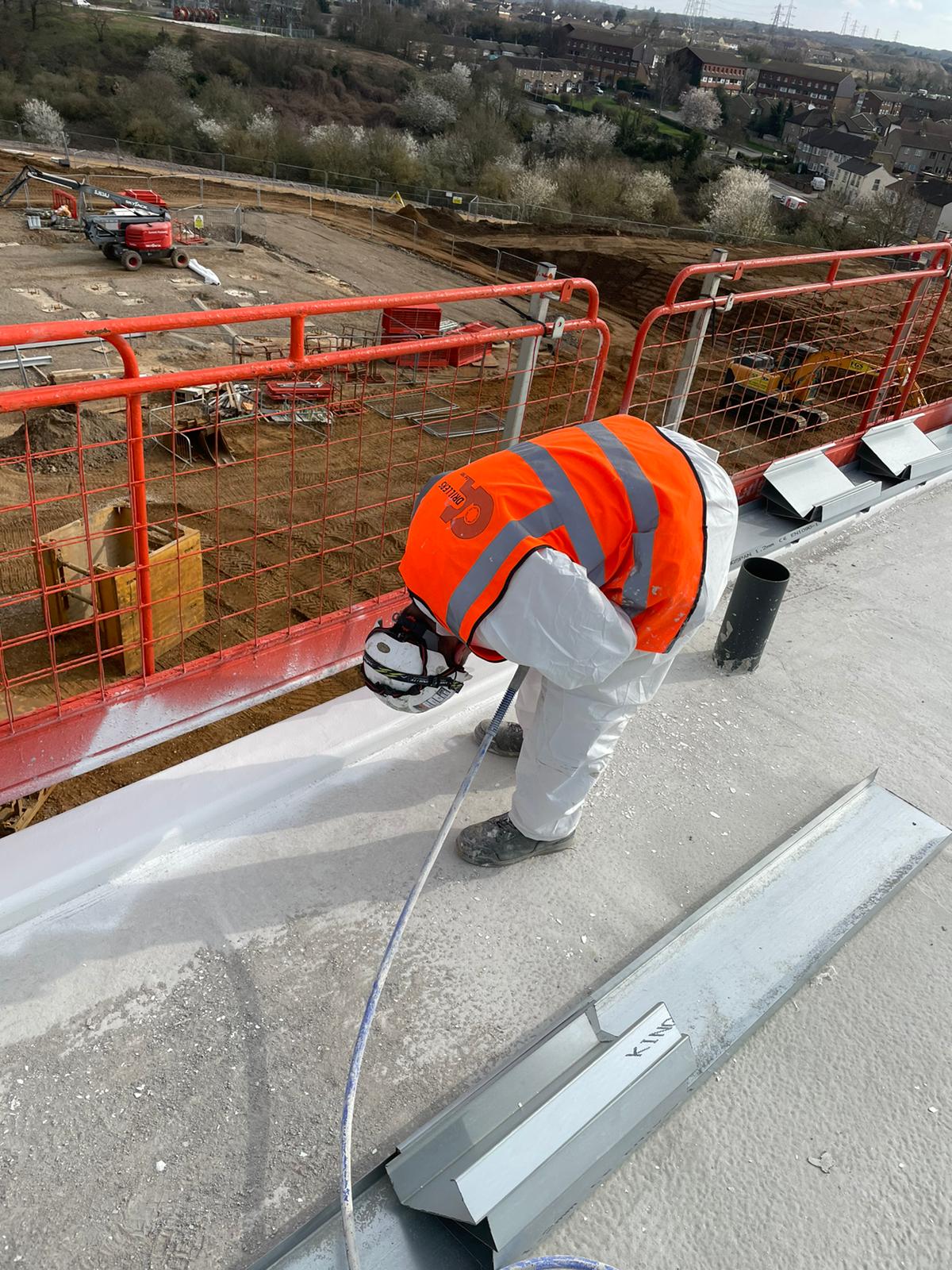Passive fire protection systems are a crucial part of a residential or commercial building’s hazard protection measures. In case of a fire hazard, passive protection systems minimize the loss of life and property by containing the fire in compartments and allowing safe passage for the occupants. This article is a detailed guide on the aspects of passive fire protection – its components, benefits, and regulations.
What is Passive Fire Protection?
Passive systems protection is an integral component of any building’s fire strategy. Contrary to what the name suggests, these passive systems are always active in protecting your building. In case of a fire breakout, these systems do not require external intervention. The installed system activates automatically and prolongs the spread of fire through compartments giving sufficient time to the occupants to evacuate safely.
Difference Between Active & Passive Fire Protection
Many people are under the false impression that fire safety is all about extinguishers and sprinklers. Though incredibly important, these active components are not enough. An ideal fire safety strategy is a combination of both active and passive fire protection measures.
Active systems include manual or automatic elements that need intervention to activate. It consists of – Fire detection and alarms, sprinklers, extinguisher, fire shutters, gas suppression systems, etc.
On the other hand, passive fire protection systems work without any intervention. They are installed elements that automatically activate in the event of fire break out and categorize the fire and allow safe escape.
Fire Protection Surveys
A fire protection system assessment analyses the risk configuration of your building, determines potential hazards, escape routes, and the equipment needed. This provides a clear understanding of active and passive component requirements and helps your supplier develop a plan that can be executed throughout the property.
The owner or landlord usually performs this evaluation. However, it is recommended that it should be conducted by a trained employee, an independent contractor, or an accredited third party.
Components of Passive Fire Protection
Fire Stopping Doors-Sets
Fire door sets are holistic fire protection sets that include door frames, doors, leaf, and other door hardware. These doors act as a barrier between compartments and slows down the spread of fire smoke and fire in other parts of the building. They are an integral part of passive fire protection and are engineered to ensure maximum safety at the time of hazards.
Fire-Resisting Walls, Floors And Ducts
These are the essential components that distinct “Fire in a building” and “Building on fire” The walls slow down the horizontal movement of fire, and the ceilings and floors prolong the vertical spread.
Fire ducts are mainly classified into two types of ductwork, i.e., smoke ventilation ductwork and fire-rated ductwork. These are designed to facilitate effective smoke removal and improve fire-fighting.
Retardant Paints and Coatings
Fire retardant coating/paints are the oldest and most effective ways to protect flammable materials such as wood, steel against fire damage. These coatings ensure optimal protection against fire hazards and diminish the adverse impact on your property.
Structural Steel Protection
Structural steel protection is a crucial addition to the passive fire protection systems. Steel’s fire resistance time is significantly less. Therefore it is essential to cover them with foam and sprays. These should be administered according to the framework of your building.
Other Passive Fire Protection Measures
- PFP sheets
- Fire-protective boxes or wardrobes
- Fire shutters and curtains
- Fire-resisting service ducts and shafts
- Hydrocarbon structural fire protection system
Who is Responsible For Installation And Maintenance?
It is a common misconception that fire protection measures are only the responsibility of building owners. But the installation and management should not be associated with a single person. Several parties, including the owner, architect, insurer, contractor, and safety engineer, are responsible for complying to fire protection standards.
Architects are responsible for designing the building following fire safety measures. Building owners should plan for surveys and determine the critical systems. Contractors should know about the installation and maintenance of various components.
It is recommended that a third party review the structure, design, and construction and recommend an appropriate fire protection plan. This will minimize the undue compromises and ensure maximum accuracy.
Closing Thoughts
Before selecting a passive fire protection system, it is important to conduct a fire rating evaluation by an appropriate authority and a trusted agency should carry out the installation. CA Fire Protection offers a full range of passive fire protection services to businesses and residential homes across London, the Home Counties, and the rest of the UK. For more information, contact us.

